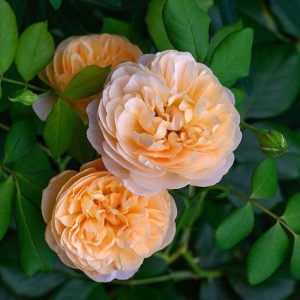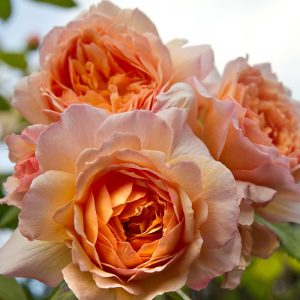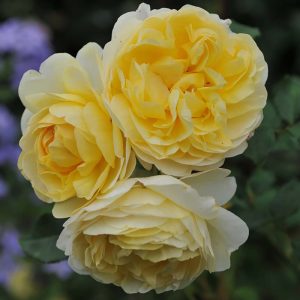Description
Part of the daisy family, and formerly included in the genus Chrysanthemum, Leucanthemum are a genus of perennial plants that produce classic daisy flowers. Best in a nice sunny spot they will produce flowers throughout late Spring and Summer if regularly deadheaded. There are both compact and very tall varieties, and it is recommended the taller varieties are offered some support once they start flowering as the stems can struggle, especially in an exposed spot.
Key Facts
- Common Name(s):Ox-eye Daisy
- Hardiness:Fully hardy
- How big will I get? Leucanthemum vulgare ‘May Queen’ can grow to a height of 0.6m and a spread of 0.5m.
- Did You Know That:Leucanthemum stems from the Ancient Greek meaning ‘White Flower’
Plant Calendar
A rough guide to how this plant will change through the year.
| Jan | Feb | Mar | Apr | May | June | July | Aug | Sept | Oct | Nov | Dec | |
| Flowering Time | 
| 
| 
| |||||||||
| Foliage Colour |  |
 |
 |
 |
 |
 |
 |
 |
 |
| J | F | M | A | M | J | J | A | S | O | N | D |

| 
| 
| |||||||||
 |
 |
 |
 |
 |
 |
 |
 |
 |
Care Guide

Soil Requirements
Leucanthemum vulgare ‘May Queen’ prefers moist but well-draining soil. This plant can grow in soil with a wide range of pH levels, it is not picky about the pH level of the soil.

Best Position
Leucanthemum vulgare ‘May Queen’ can handle either an exposed or a sheltered position and can cope with either full sun or partial shade.

Maintenance
Leucanthemum vulgare ‘May Queen’ should be deadheaded regularly to promote the production of new flowers, it can then be cut back hard once the flowering period is over, this will help to promote plenty of fresh growth the following Spring.

Pest, Diseases and Wildlife
Leucanthemum vulgare ‘May Queen’ can have problems with aphids, it can be vulnerable to certain diseases such as leaf spot. It is also known to attract bees, butterflies, birds and other pollinators. It is toxic to cats and dogs.





